Protect employees and the general public with one of our odor control solutions.


All sorts of items can end up in recycling bins and garbage cans, but things like plastic packaging, glass bottles and metal cans don’t really produce odors by themselves. Most bad odors come from food waste or anything that’s biodegradable. Both the slow initial breakdown of organic substances and their subsequent consumption by microorganisms can produce an array of unpleasant-smelling chemical compounds. Waste’s footprint on the environment can also come from the pollutants generated during the recycling process or waste management.
Waste management can be challenging due to the types of waste being handled or processed. The process itself can be harmful to the environment. Incineration, landfilling, waste processing, etc. can produce a myriad of odorous and potentially harmful air contaminants that need to be controlled.
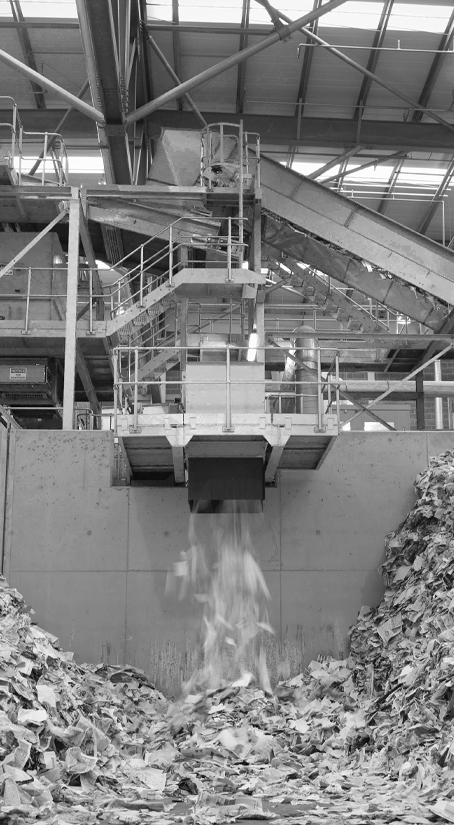
Protect employees and the general public with one of our odor control solutions.

We provide filtration solutions that help eliminate airborne threats.

SAAF Deep Bed Scrubbers are a total filtration solution, providing the highest chemical media-to-air ratio for heavily polluted environments.
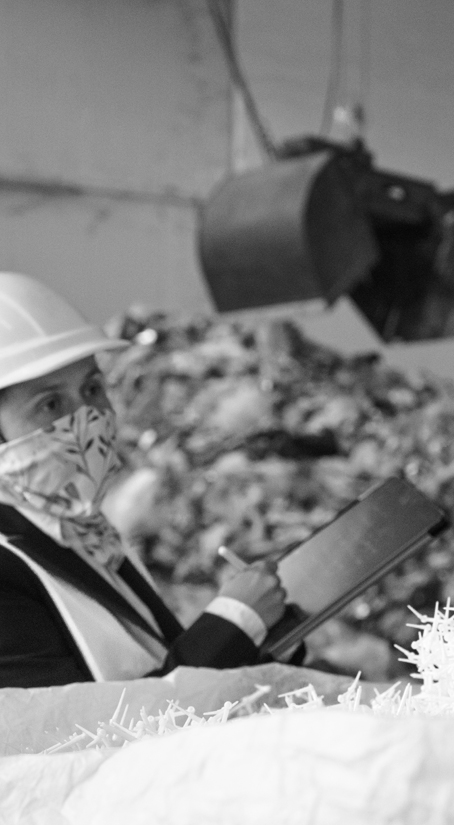
SAAF Reactivity Monitoring Coupons provide critical information on average air reactivity so facilities can take action to protect electronics, equipment and processes.
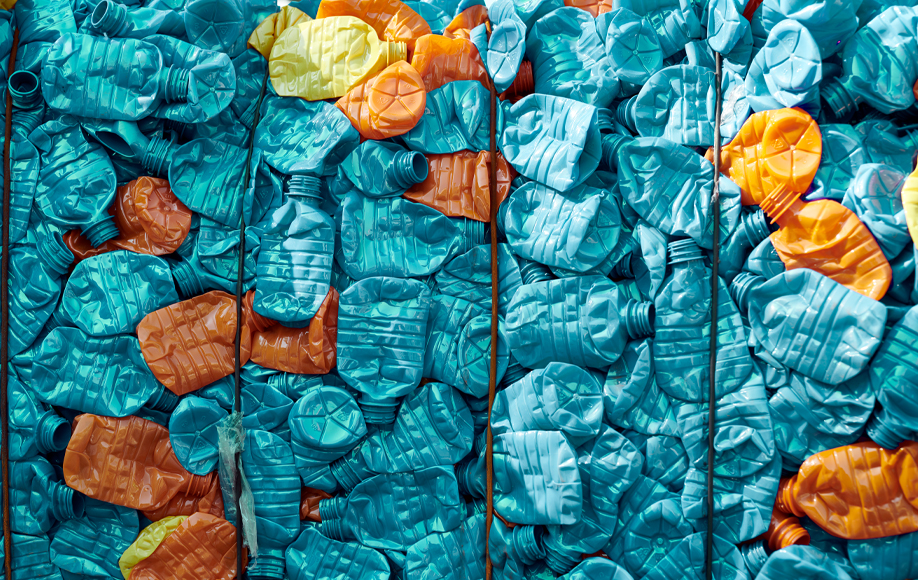
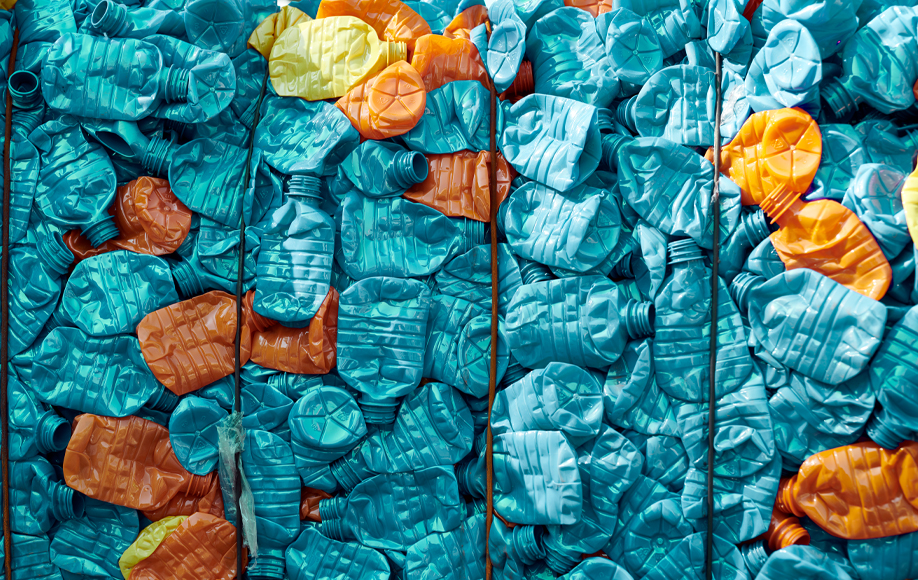
SAAF Deep Bed Scrubbers are a total filtration solution, providing the highest chemical media-to-air ratio for heavily polluted environments. Used in mission-critical and challenging industrial applications, these systems include our patent-pending system that locks final filters in place to form a positive seal against the SAAF Track. This combines AAF's particulate and gas-phase technologies for an AAF total filtration solution.
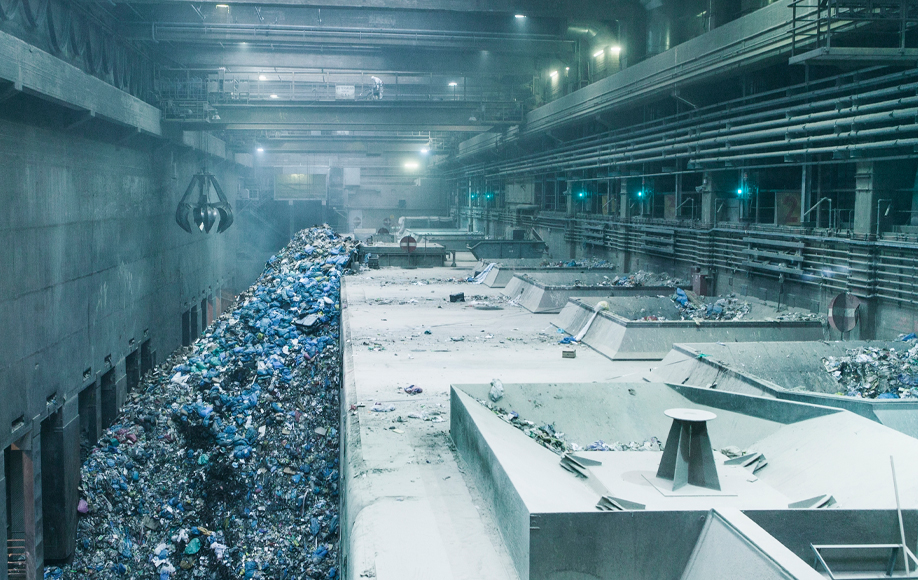
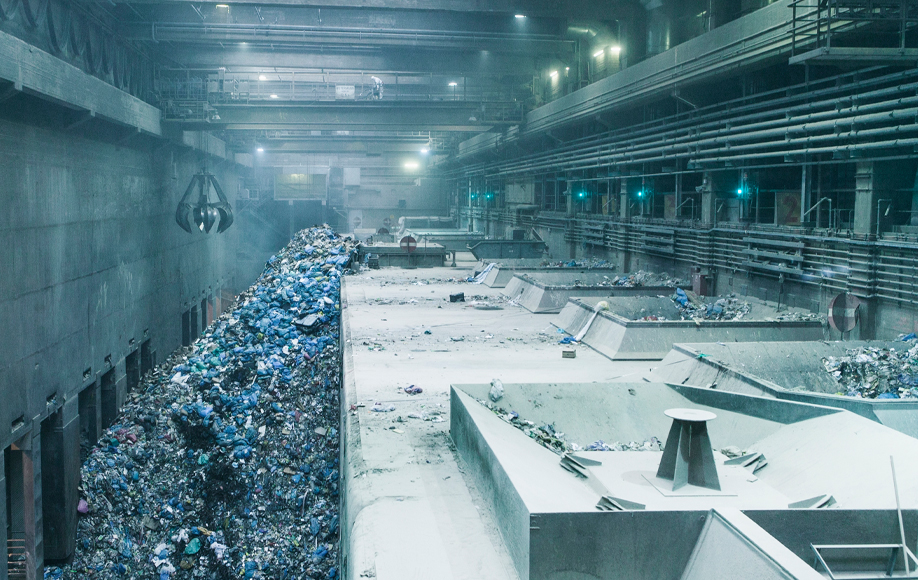
SAAF Reactivity Monitoring Coupons provide critical information on average air reactivity so facilities can take action to protect electronics, equipment and processes. The system collects 30 days of data and is ideal for protected environments such as control rooms, data centers or archives. They provide verification of the presence of corrosion and quantify the corrosion rate.
Learn how AAF can make a difference.